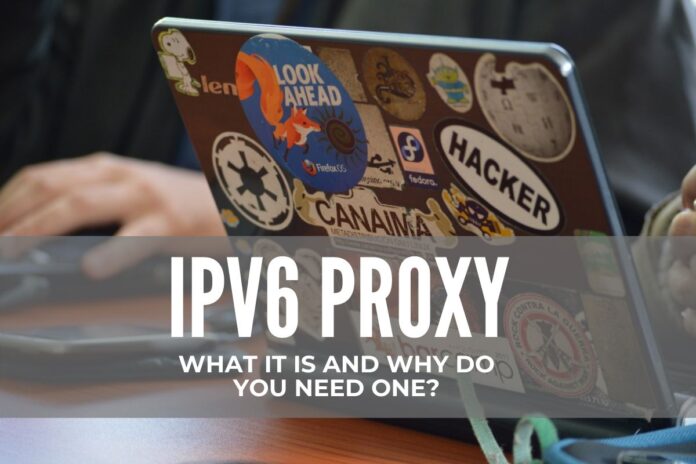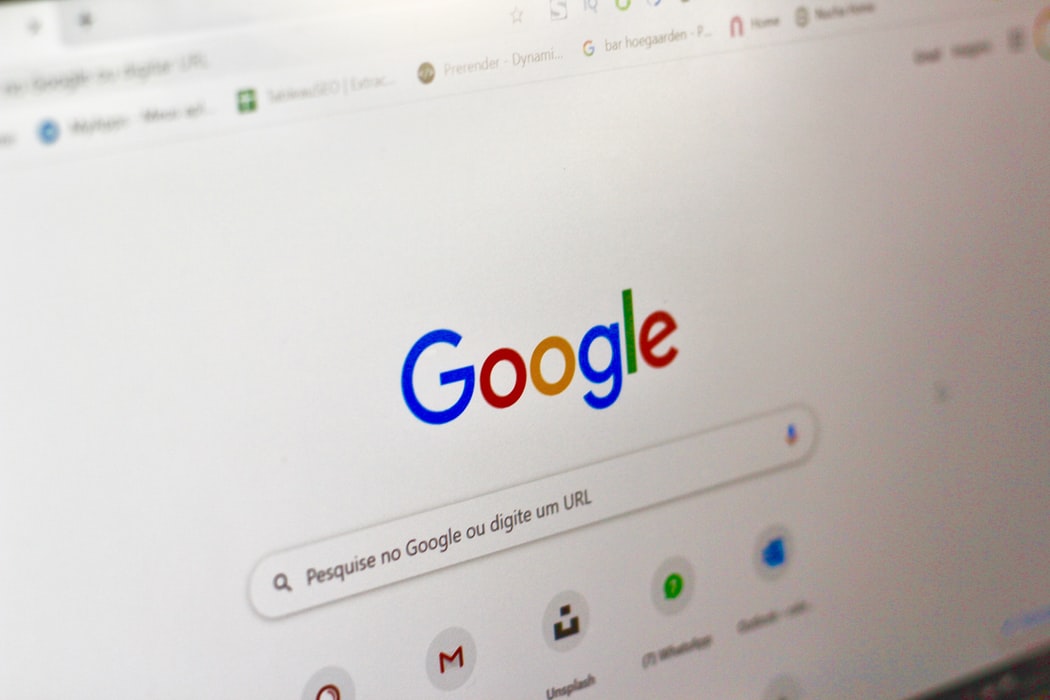
First things first, for those that don’t know, what is a Proxy?
A proxy is simply an intermediary server doing a job between two networks. It is like the lobby in a building. A lobby can control people coming in and help people going out. For example, the lobby’s people could check your documentation and bags when you go into a building, in order to keep it secured, but they could also give you a mask when you go out of the building, so that you can protect your privacy. A proxy also protects internal networks from the packets coming from risky networks, and also protects the privacy of packets going out to risky networks.
There are many types of proxies out there, but the most popular one is the “web anonymous proxy,” which sits between a user in a local network and the Internet. Technically speaking, this web anonymous proxy, takes incoming HTTP requests from users and changes certain parameters from the headers, such as Via and X-Forwarded-For.
So, an IPv6 Proxy, also known as Proxy6, is simply a type of proxy, that uses IPv6 addresses for routing and forwarding. Depending on its purpose and location, an IPv6 proxy is also capable of filtering traffic, changing headers, and can even be used for mapping IPv4 to IPv6 addresses.
The IPv4 to IPv6 proxy.
A proxy can also be the intermediary between an IPv4 network and an IPv6 (or dual stack) network. An IPv6 proxy may also be referred to as the one doing IPv4 to IPv6 mappings, not necessarily a proxy that routes and forwards information with an IPv6 address. This proxy can be used to help translate addresses from IPv4 to IPv6 format. The IPv6 proxy intercepts the traffic flowing through to ISPs, network carriers, or any large network and translates between IPv4 and IPv6. An IPv6 in this context is similar to the IPv6 gateway, but it performs additional actions like hiding the internal network behind it, and filtering traffic going through.
What’s the Difference Between IPv4 and IPv6 Proxies?
Routing and forwarding is not the only difference between IPv4 and IPv6 proxies.
First, the number of possible addresses for IPv4 is orders of magnitude smaller as compared to IPv6. IPv4 uses 32-bit IP addresses that can result in 4.3 billion addresses (including private and public). Unfortunately, almost all IPv4 addresses have been allocated somehow, so they need to be re-used and masked.
The IPv6 standard was introduced as a solution to alleviate the IPv4 exhaustion problem. Engineers knew that IPv4 addresses were going to be over sooner or later. And they were right. As soon as technologies like IoT devices, cloud computing, mobile, etc., appeared, IPv4s started to run out. So, engineers designed IPv6, with the idea of having a larger addressing scope.
IPv6 uses a 128-bit IP addressing scope, which turns out to be 7.9×1028— a number quite different from IPv4. With IPv6, every device on the plant could have a unique address.
What is the problem with IPv4 in Proxies?
It is getting harder to get your hands on fresh and untouched IPv4 addresses. The reason being, the majority of RIR (Regional Internet Authorities) are saving the last portions and aren’t giving IPv4 addresses away so easily to ISPs or Local Internet Registries. Getting a new set of IPv4 addresses is becoming nearly impossible.
The graph below, shows RIPE NCC, the European RIR which presents a steady decline of available IPv4 addresses (from 2018 and an estimation for 2024).
Some ISPs are trying to solve the problem by starting to dynamically assign private IPv4 addresses to larger populations (i.e., a neighborhood or a small town) behind something called a Carrier NAT. But, this approach is like a double-sided sword, it can be good but also fatal. If a single person in this area is doing something illegal with the “single” IP address, it may get the whole block into problem, and tracing back to the single user may also be difficult.
To avoid exhaustion, many IPv4s are being recycled and reused, but they could still be blacklists because the previous owner was a hacker or just a noisy neighbor.
Again, IPv6 is the real answer to this problem, but it takes time. Many ISPs, countries, and regions are already starting to migrate to IPv6. The IPv6 provides more benefits, including simplified routing and shorter headers, plus an almost infinite scope of addresses.
340 trillion trillion trillion IPv6 addresses, to be precise.
How and What to Use an IPv6 Proxy For?
Going IPv6 is like moving into another planet— endless possibilities and the chances of getting noisy neighbors is close to impossible. IPv6 can provide hundreds to thousands of fresh proxies, which have never been used before.
What are some ways to use an IPv6 proxy?
- Social Media Marketing. An IPv6 proxy can give you access to websites that support IPv6, such as Instagram, Vkontakte, Facebook, YouTube, Google, Yandex, and more. These IPv6 proxies hide your source IP while connected to social media, keeping you anonymous and fully protected. With an IPv6 proxy, you can automate services and products promotion, comments, and communicate without restrictions.
- Improve and scale SEO campaigns. With an IPv6 proxy, analyzing your competition is safer and easier. You can extract and collect data from websites without getting your source IP address blocked. You can also parse results from search engines and maximize your SEO campaigns.
- Data Scraping. Data scraping uses a variety of techniques and sets of proxies to extract data from a website, and save it in a structured way. Data Scraping attempts are usually blocked by CDNs or geo intelligence IP systems that keep track of IPv4s. Identifying a rotating IPv6 proxy doing data scraping is nearly impossible.

Key Takeaways
For now, the entire world is still relying on IPv4, but believe me, the migration to IPv6 is already on its way… It will take a while, but we’ll be there in a couple of years.
Websites like Google, Facebook, Youtube, Twitter, Yandex and many more, already support IPv6. So an IPv6 proxy leverages that support, plus provides benefits like simplified and faster routing and an almost infinite scope of possible addresses.
Why use IPv6 proxies?
Well, IPv6 proxies are cheaper. When you buy an IPv6 proxy or a Proxy6, you’ll get more IPs for a much better price than if you are trying a single IPv4 proxy. With a much lower price, you’ll get fresh new proxies, untouched, uncrowded, safe, and fast.
You’ll likely get a package of fresh and individual IPs from a specific country (for example, The Netherlands proxies or US proxies), which will help you extend your network. For more information on Rotating IPv6 proxies, visit here. These proxies will extend that anonymity by changing proxy’s IP for every single request. Making you undetectable!



















